The body is made of solid mahogany wood, carefully assembled with metal fittings and reinforced corners. The interior is lined with dark brown leather, while the extendable bellows, a key component in plate cameras, is a vivid orange tone, perfectly preserved and free from cracks or deformations. This bellows, which gives the camera a striking visual character, bears the label with the name of the Berlin supplier “WALTER TALBOT, BERLIN”, which further reinforces its authenticity.
The camera is equipped with a Contessa Nettel Anastigmat lens, probably 135 mm, mounted on a central Compur shutter. This type of shutter was developed by the renowned firm F. Deckel in Munich and was known for its precision, offering shutter speeds of up to 1/250 seconds. The shutter includes ZDM control, with exposure modes Zeit (long), Dauer (continuous), and Moment (instant). These features place this camera among the most advanced of its time.
On the lens we find the engraving of the German patent number D.R.P. Nr. 2250040, a clue that allows us to date the manufacture between 1920 and 1925. The front panel, in embossed leather, also bears the brand name “CONTESSA NETTEL” in relief. A foldable frame viewfinder and a lateral optical lens complete the set, allowing for a direct framing experience typical of field cameras from the first quarter of the twentieth century.
The state of preservation is magnificent. All components are present and unmodified. The bellows mechanism unfolds smoothly, the framing system works correctly, and the shutter responds in all modes. It is very rare to find such a complete, original, and functional example.
A perfect piece to display in a cabinet, ideal for vintage photographers, discerning collectors, or specialized museums. This camera, besides being decorative, embodies the technological transition of a key era in the history of photography. Do not miss the opportunity to acquire an authentic piece that stands as a direct testimony to the German optical engineering of the interwar period.
A unique opportunity to enrich your collection with an outstanding piece in design and condition. Dimensions: 12.5 x 10.3 cm (4.92 x 4.05 in).
History of Deckrullo Nettel Cameras
Deckrullo Nettel cameras are an essential part of the history of German photography. Their origin dates back to 1903, when the company Süddeutsches Camerawerk Körner & Mayer began manufacturing bellows cameras with roller blind shutter systems (Deck Rouleau), especially designed for photographic plates. In 1909, the firm adopted the name Nettel Kamera Werke and expanded its fame with a range of stereo cameras. Its prestige increased considerably when, in 1919, it was acquired by Dr. August Nagel, who merged it with Contessa Kamera Werke to form Contessa Nettel.
This new company launched models that stood out for their robustness, precision, and refined style. The camera known as Deckrullo Nettel was widely used by press photographers thanks to its speed and optical quality. In 1926, Contessa Nettel joined other prestigious German brands, Goerz, Ica, and Ernemann, to give rise to the legendary Zeiss Ikon. This merger continued the Nettel model, preserving its original design but incorporating technical improvements. Cameras in this line represent one of the golden ages of analog photography and are highly valued today by collectors and museums.


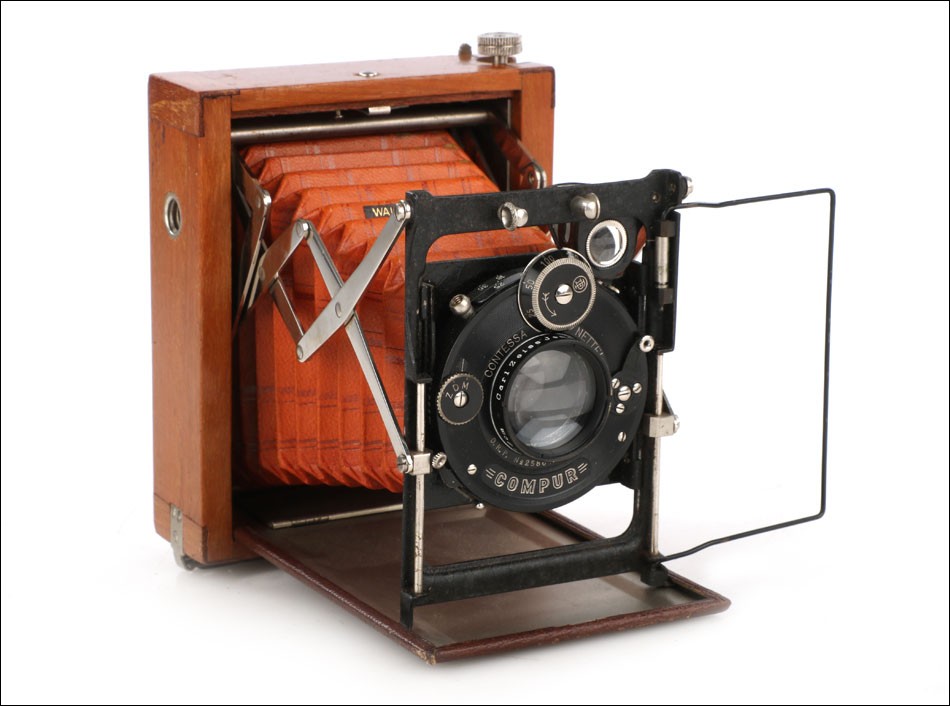
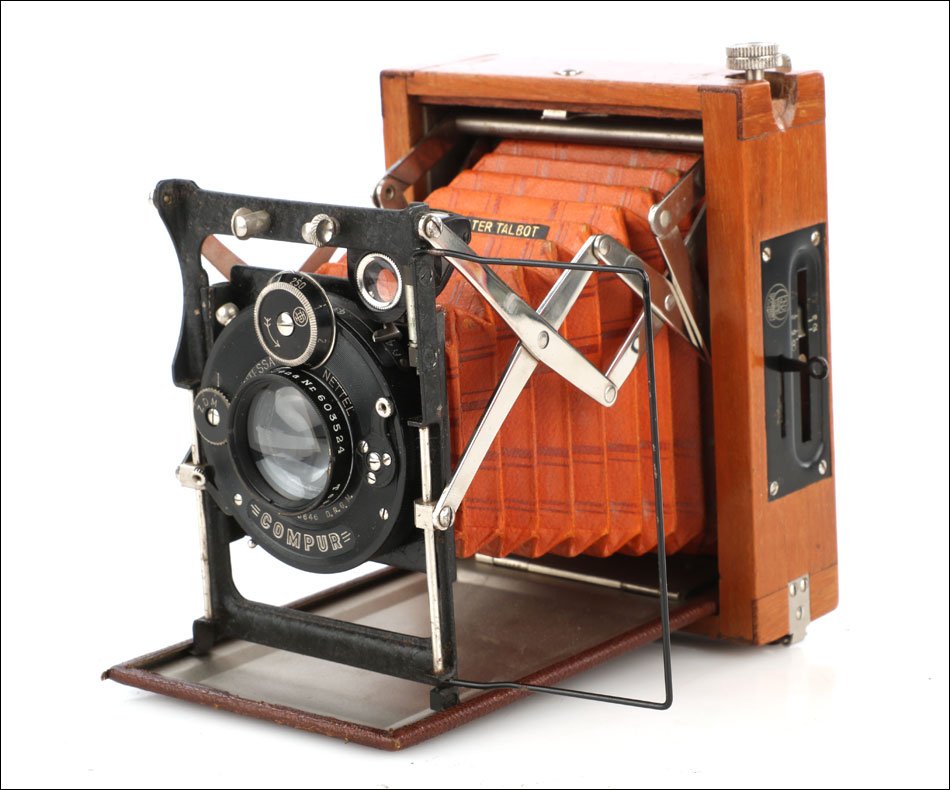
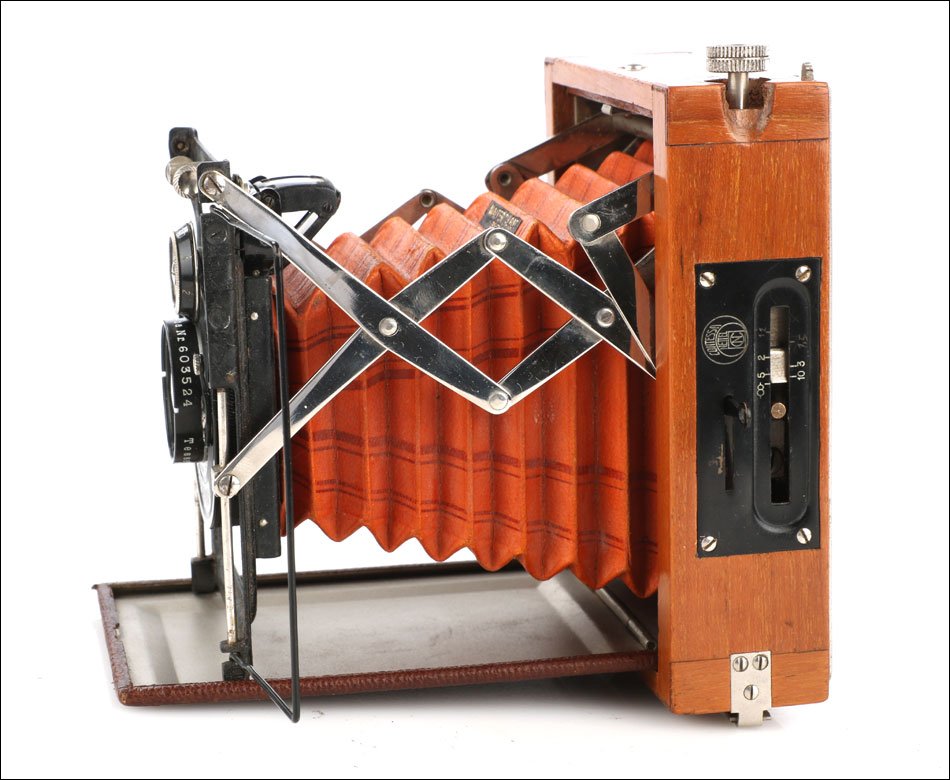
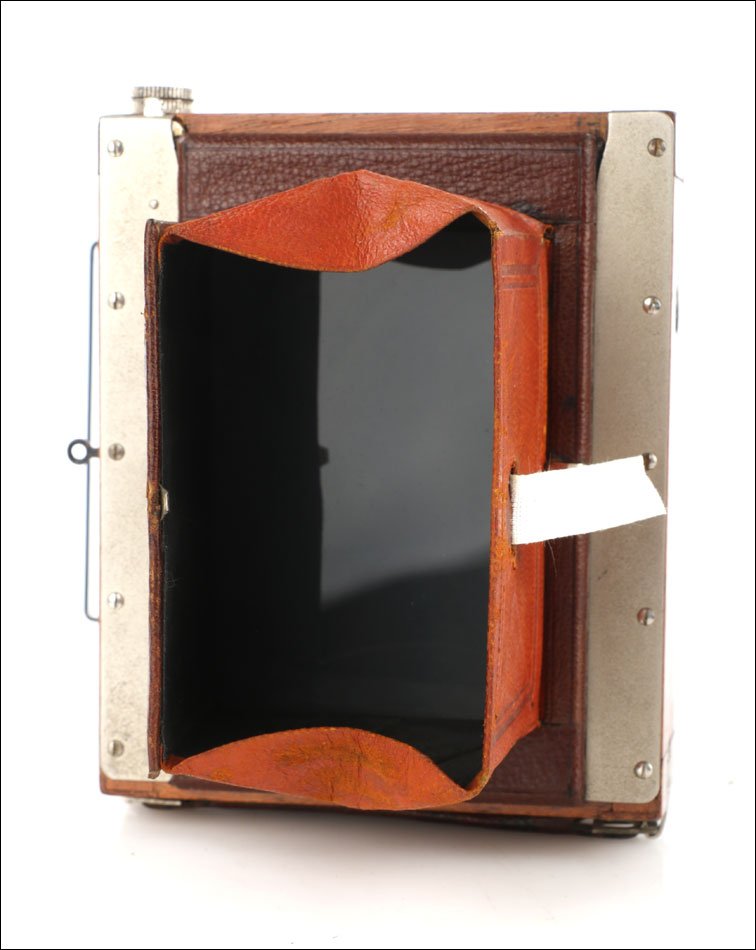

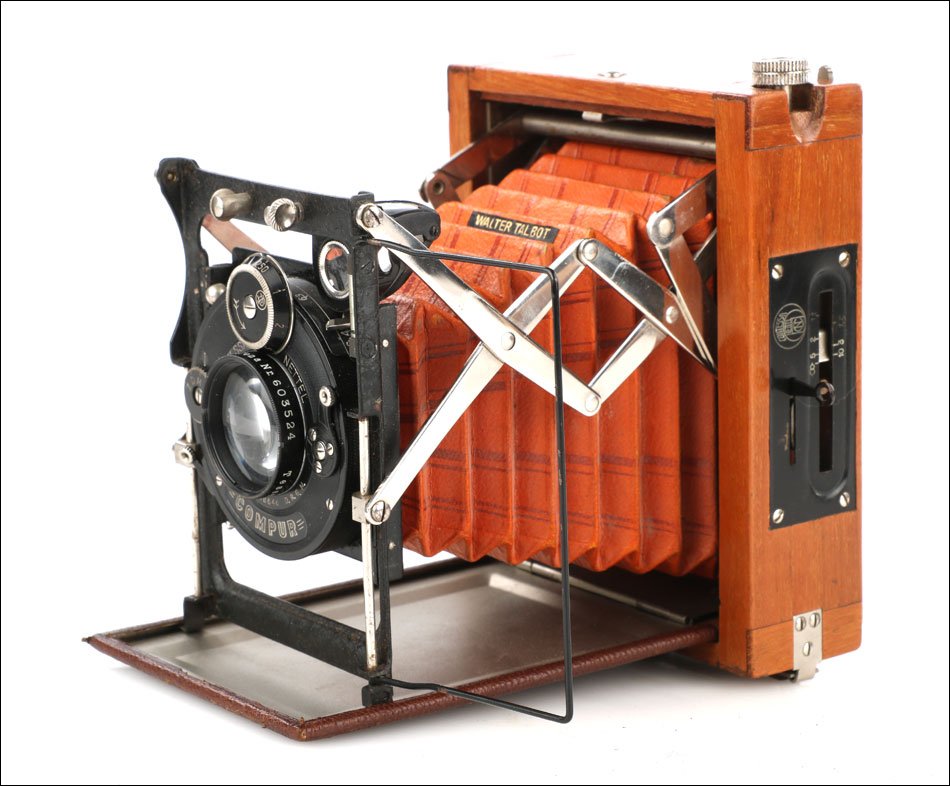

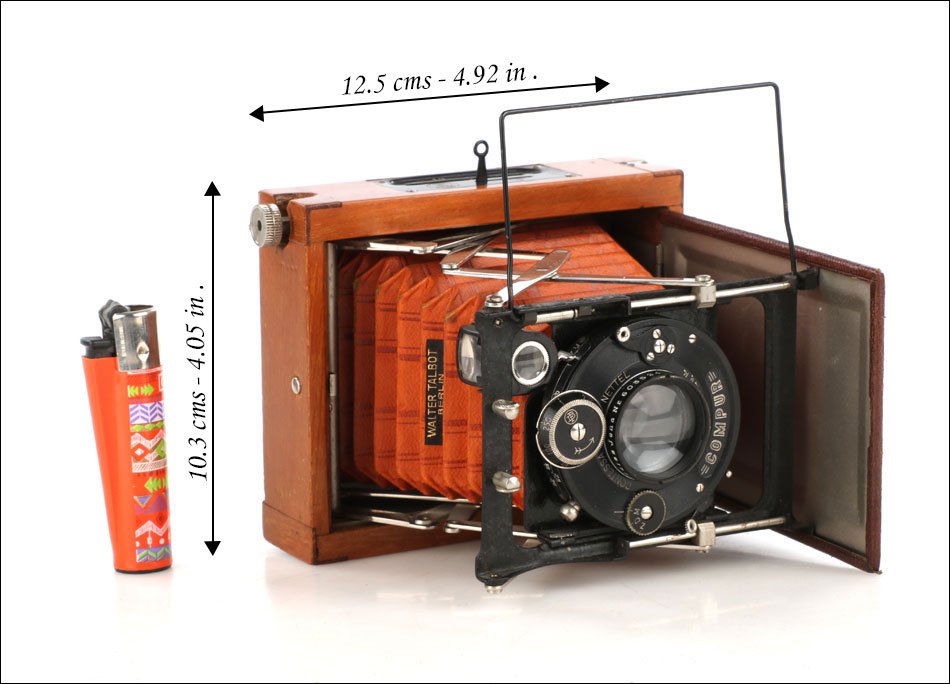
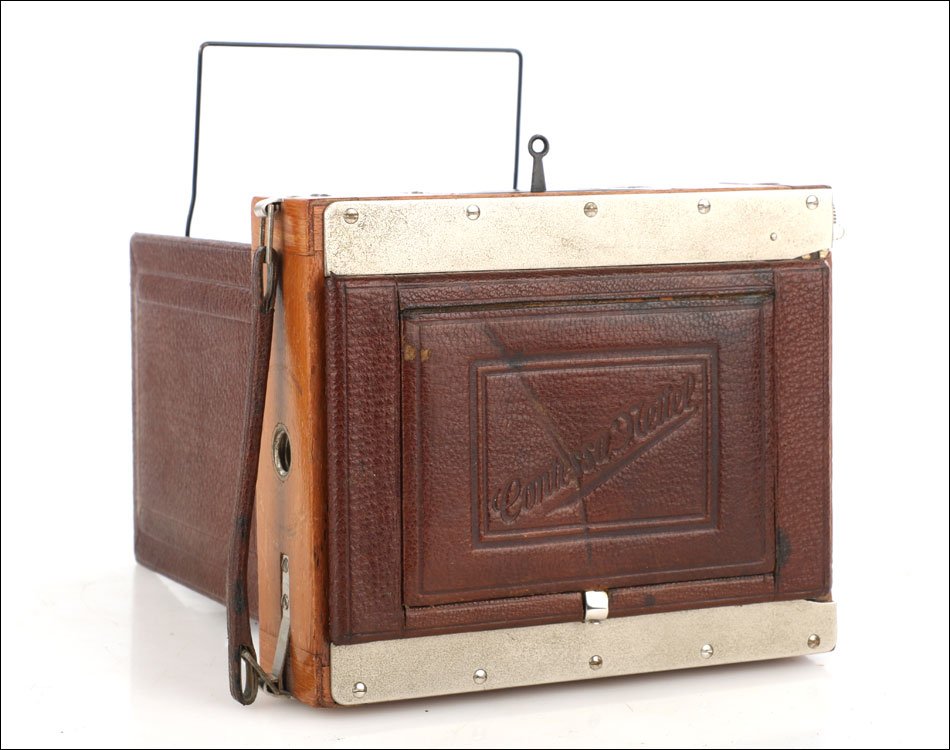





















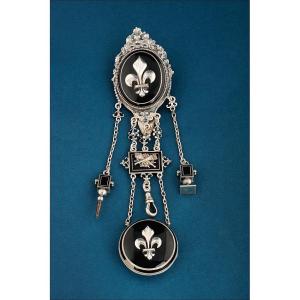





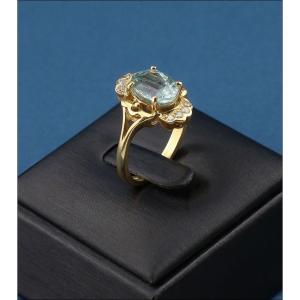
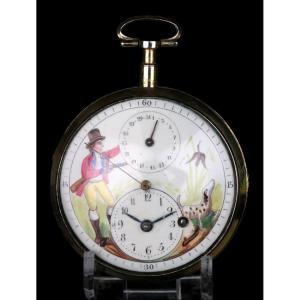

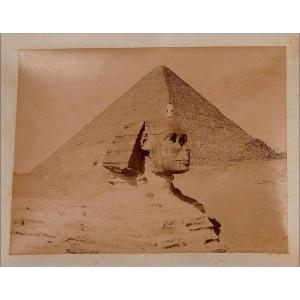

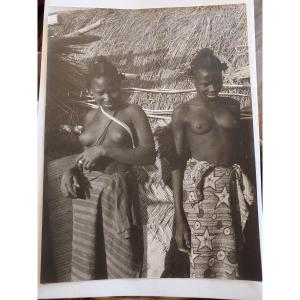






 Le Magazine de PROANTIC
Le Magazine de PROANTIC TRÉSORS Magazine
TRÉSORS Magazine Rivista Artiquariato
Rivista Artiquariato